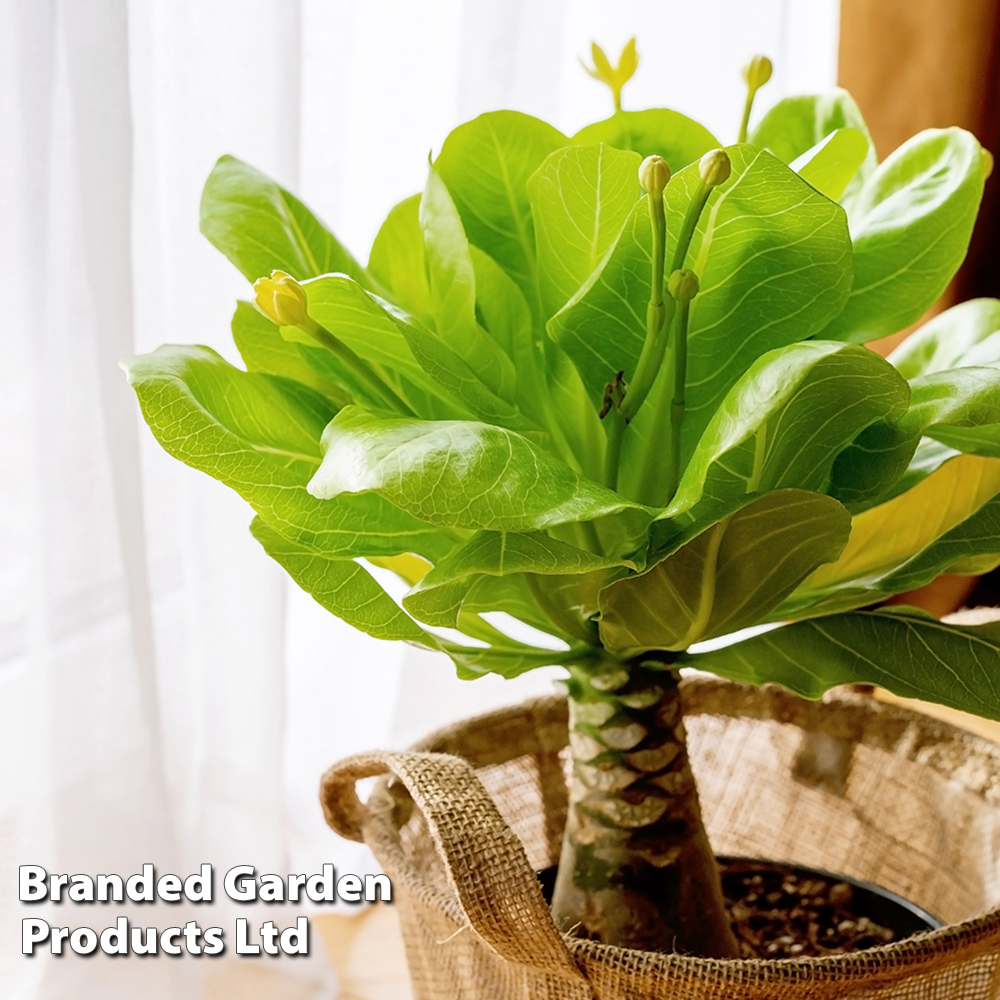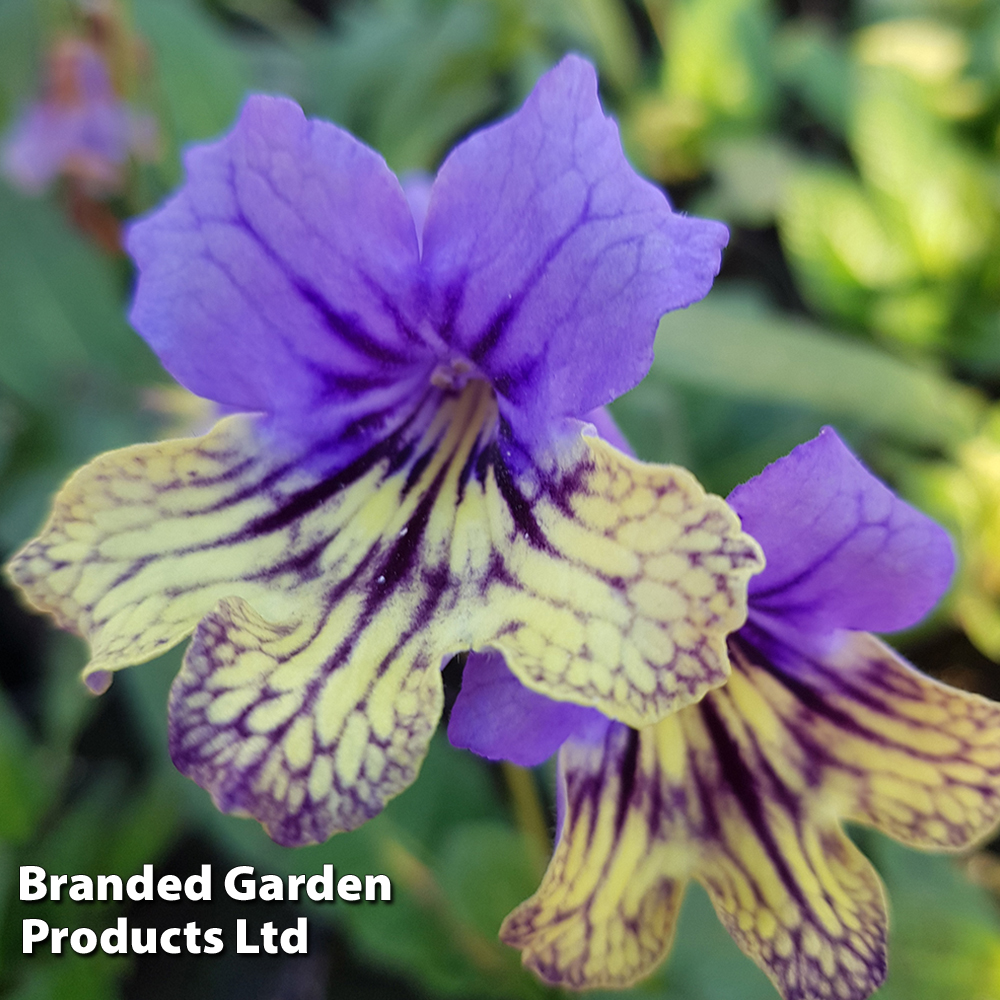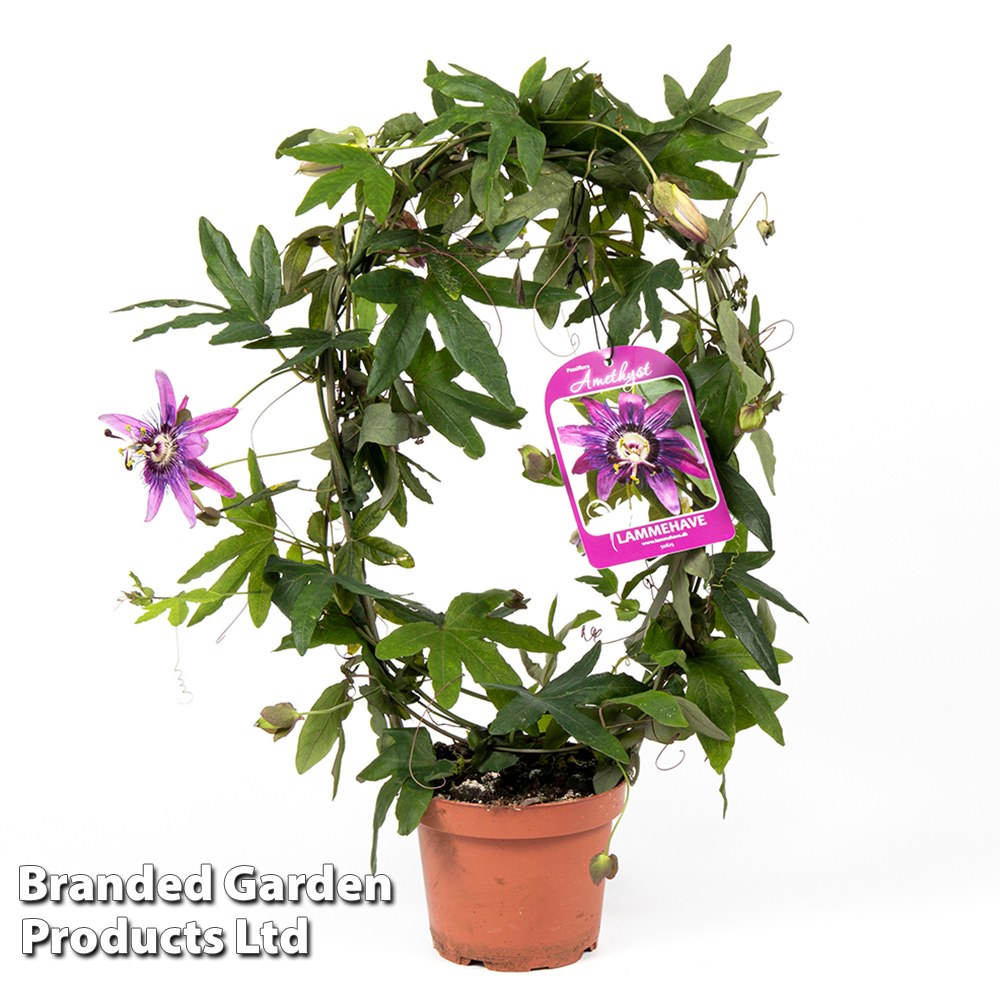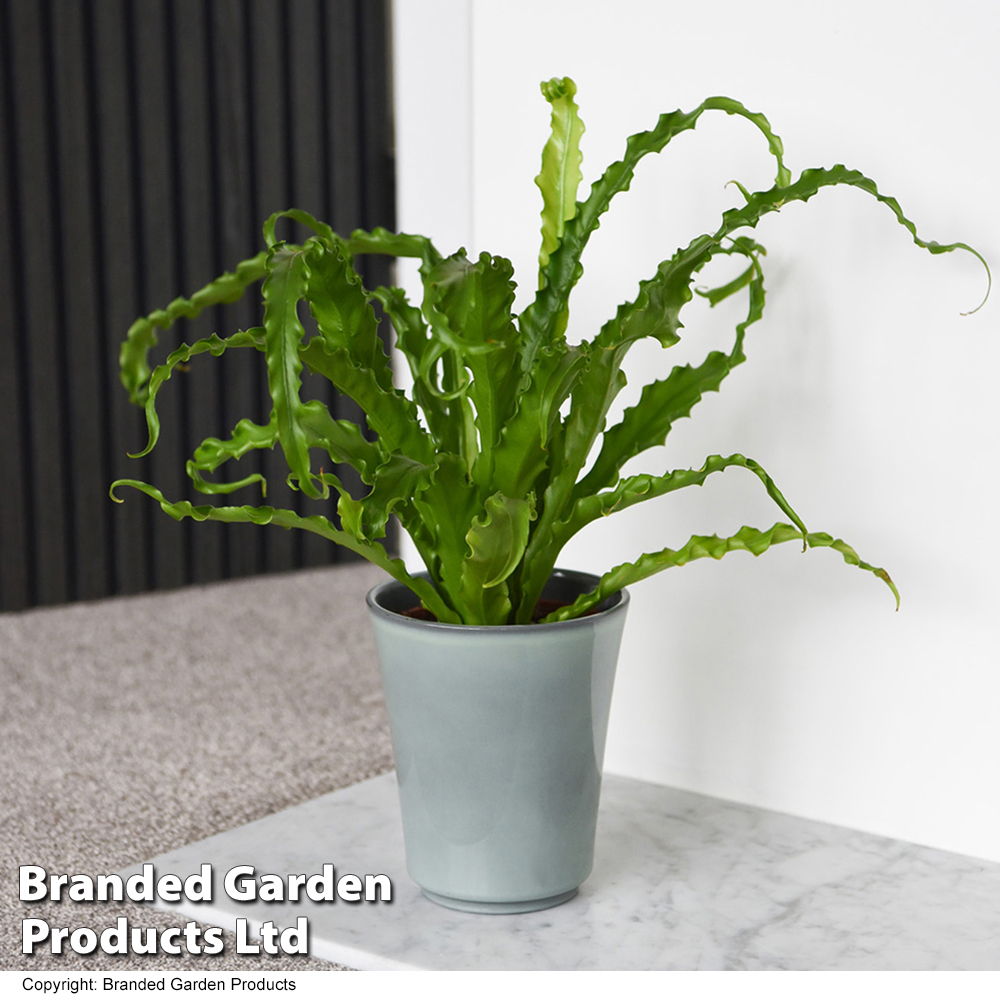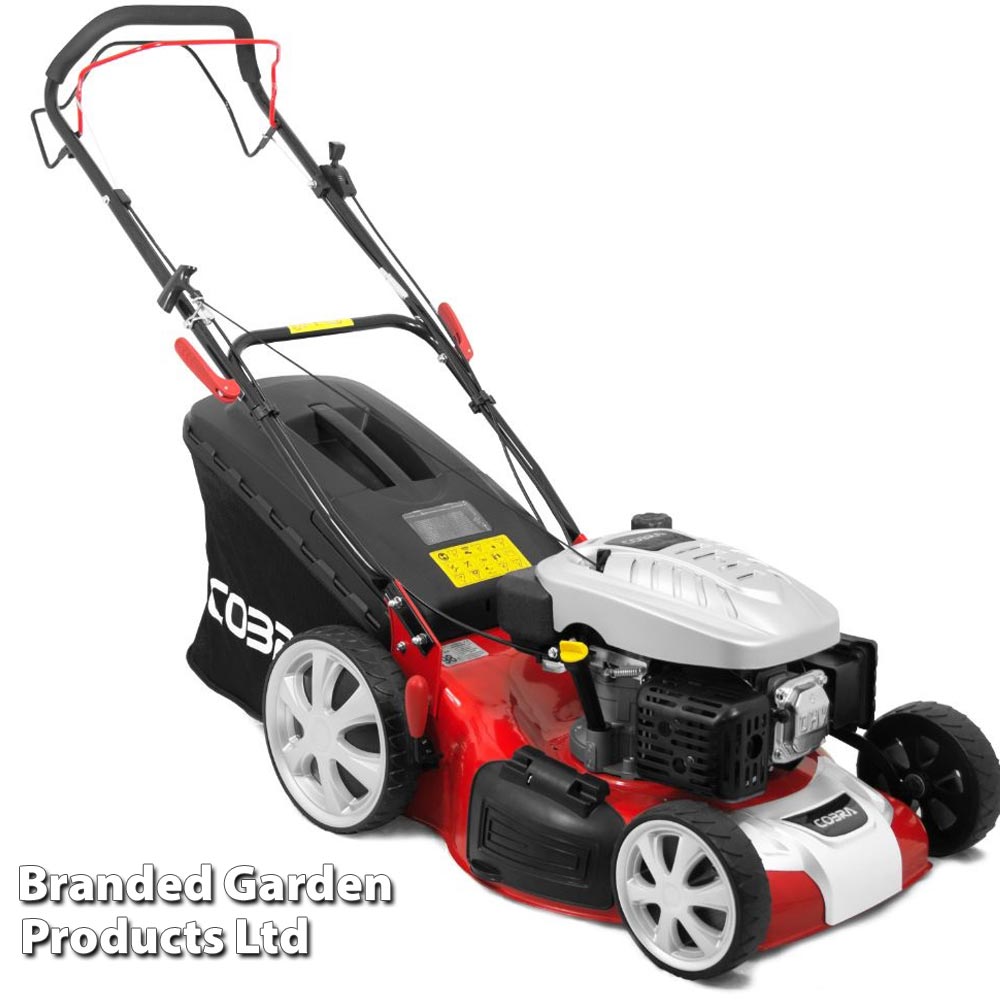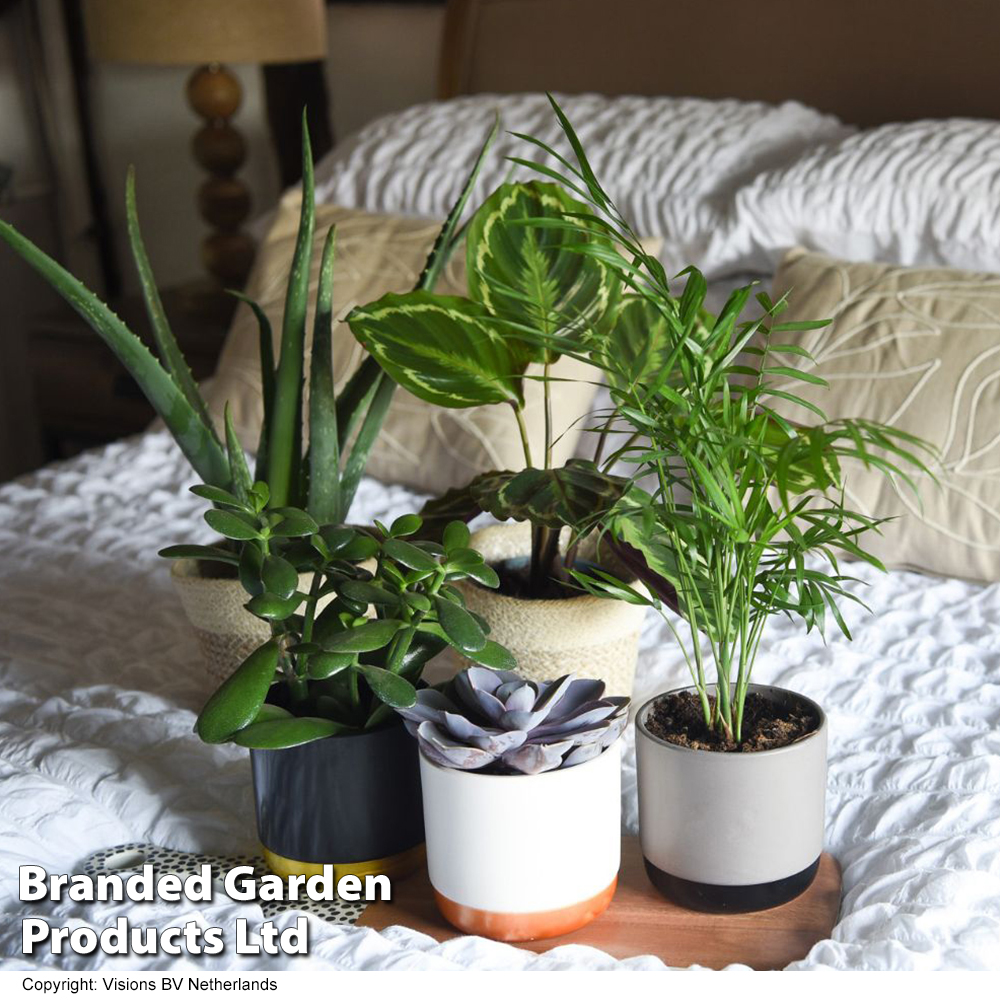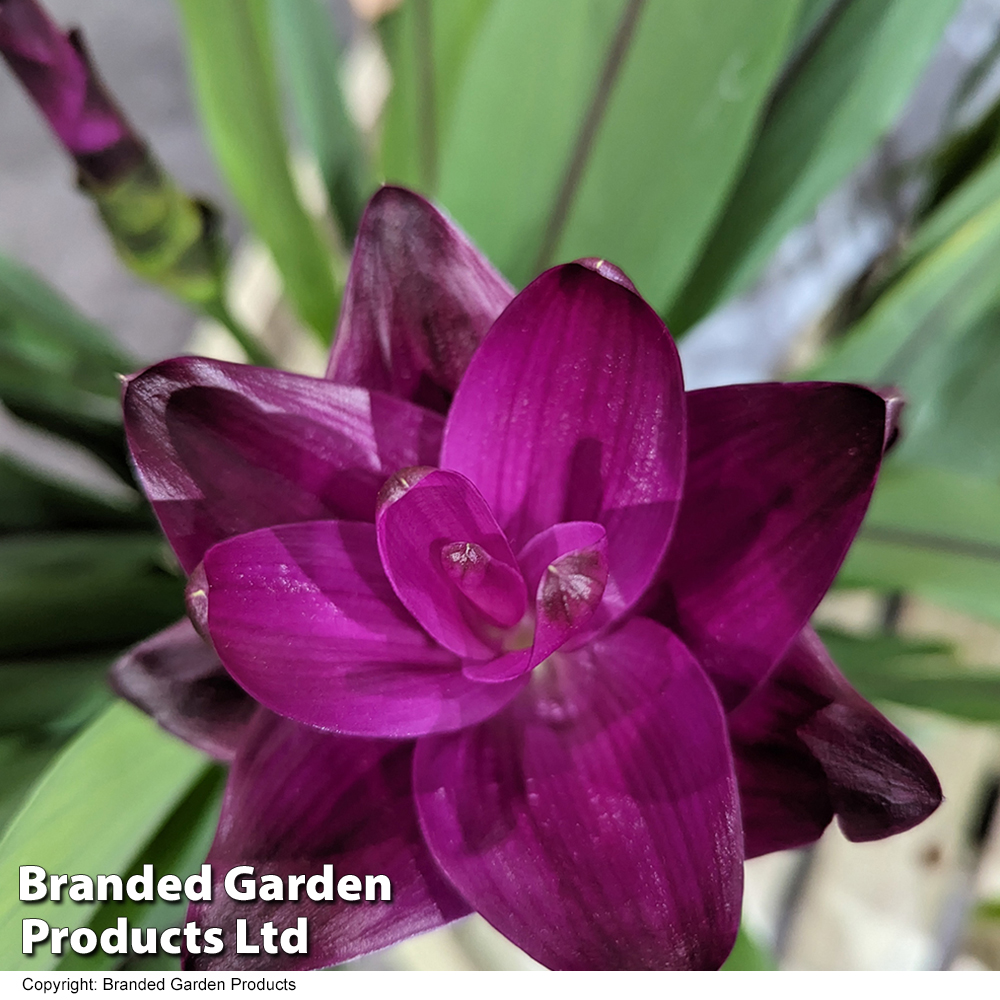Brighamia insignis is an intriguing and highly rewarding plant for collectors, offering both architectural beauty and lush greenery, as well as charming, fragrant flowers that bloom over an extended period. Native to Hawaii and now critically endangered in the wild, this rare species is preserved through cultivation and propagation from seeds gathered from domestically grown plants. The plant’s most distinctive feature is its swollen stem, topped by a crown of glossy, fleshy leaves, earning it the nickname “Cabbage on a Stick.” Despite its appearance, Brighamia is actually a member of the bellflower (Campanulaceae) family and produces striking yellow, trumpet-shaped flowers with star-like petals in late summer. These blooms last for several weeks, filling the air with a pleasant honey-like fragrance. Relatively fast-growing, this plant can eventually develop into a tree-like specimen with a tall, woody trunk. Found naturally in rocky crevices and cliffs, its bulbous stem acts as a reservoir for water, allowing Brighamia insignis to withstand dry conditions and infrequent watering, making it a perfect low-maintenance houseplant. Height: 1 meter (39 inches), Spread: 80 cm (31 inches). Brighamia insignis is a fascinating and rewarding plant for the houseplant collector, providing architectural presence, lush foliage and sweet-smelling, pretty flowers over a long period. Grow in bright indirect light in an ambient temperature above 15? (59?). This is a succulent that stores water in its swollen stem and it enjoys periods of dryness so take care to avoid overwatering and always allow the compost to dry out between waterings. Apply a dilute liquid fertiliser two or three times during the spring/summer. Ease off watering during the winter, allowing the soil to remain on the dry side.
| JAN | FEB | MAR | APR | MAY | JUN | JUL | AUG | SEP | OCT | NOV | DEC |
|---|---|---|---|---|---|---|---|---|---|---|---|
Flowering Period

